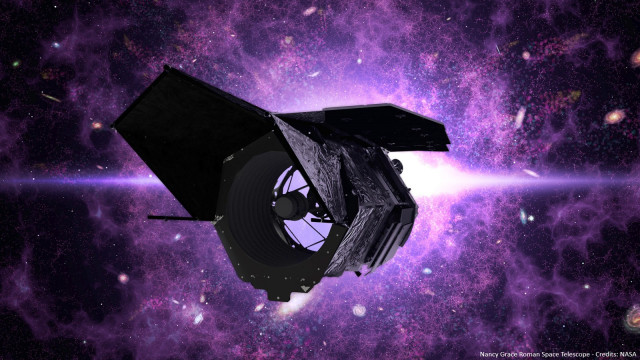| Photo = ABB and Nüvü Camēras supply planetary cameras for NASA’s next-generation space telescope. |
ABB-Nüvü to supply planetary cameras for NASA next-generation telescopesABB and Nüvü Camēras supply planetary cameras for NASA’s next-generation space telescope.
The NASA Future Space Observatory’s Nancy Grace Roman Space Telescope is scheduled to launch in 2025 to find planets in an Earth-like environment.
The Roman telescope will carry two pieces of equipment. One is to study the mystery of the distribution of dark energy in the universe, and the other is the first dedicated camera CGI (CoronaGraph Imager) for imaging alien planets. Inside the CGI, two high-sensitivity cameras with electronic cores developed jointly with ABB and Nüvü are installed.
Extrasolar planetary systems are very difficult to observe from a distance. This is because the planets are very blurry compared to nearby stars and the distances between them are close.
NASA’s CGI allows optical elements to be arranged in combination to block light from stars and transmit residual light from nearby planets to high-sensitivity cameras. ABB and Nüvü’s unique imaging solutions play a role in revealing singularities in outer space that were previously unobservable.
“The Roman Telescope Mission is a $3.2 billion project, 100 to 1000 times more powerful than the current terrestrial imaging of alien planets,” said Marc Corriveau, Head of Measurement and Analysis Business Division, ABB Canada. We are very proud to supply important parts for this groundbreaking mission. “It’s a very exciting project that requires ABB’s cutting-edge expertise to succeed.”
Olivier Daigle, Chief Technology Officer, Nüvü Camēras, said, “The Canadian Space Agency’s (CSA’s) space technology development program has been an opportunity to bring innovative camera technology to a level that the NASA jet propulsion laboratory considers. . I am very grateful.”
This ABB order is another project following the order of private satellite observation company GHGSAT.
The key to the contract with GHGSAT was to supply a special optical sensor that captures high-quality images of methane gas leaks on the ground. ABB’s optical equipment has already accumulated over 90 years of reliable operation in outer space. Since 2003, Canada’s atmospheric satellite SCISAT sensors have been tracking the long-term component changes of more than 60 molecules and pollutants in Earth’s atmosphere, down to trillions.
ABB recently played a pivotal role in the creation of the National Oceanic and Atmospheric Administration (NOAA)’s polar orbit satellite. Meteorological agencies around the world are using ABB technology to make weather forecasts. This technology is saving lives by improving the timeliness and accuracy of weather forecasts up to 7 days. In addition, ABB sensors are mounted on Japanese GOSAT No. 1 and No. 2 satellites to closely observe the gradual increase in global greenhouse gases since 2009.
–


